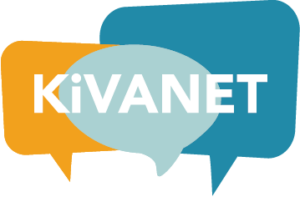The Common European Framework of Reference for Languages (CEFR) is a framework developed by the Council of Europe for language learning, teaching, and assessment across Europe. The KiVANET courses follow the CEFR scale according to the table below.
The framework describes six skill levels, ranging from A1 to C2. In the course descriptions, these skill levels are used to indicate the required starting level, i.e. what the students are expected to know before participating in the course. The target level of the course indicates the linguistic level that the student should have achieved after completing the course. Students can assess their own proficiency using the framework.
Level A1 courses always start with the basics, meaning that no previous knowledge of the language is required.
You can evaluate your starting level based on the course’s credits. For example, the German level 5 course requires approximately 12 credits worth of previous upper secondary education or university studies completed with the grade “good”, while the Estonian level 2 course requires approximately 5 credits worth of previous studies completed with the grade “good”.
You can find more evaluation material on the Internet, such as here.
